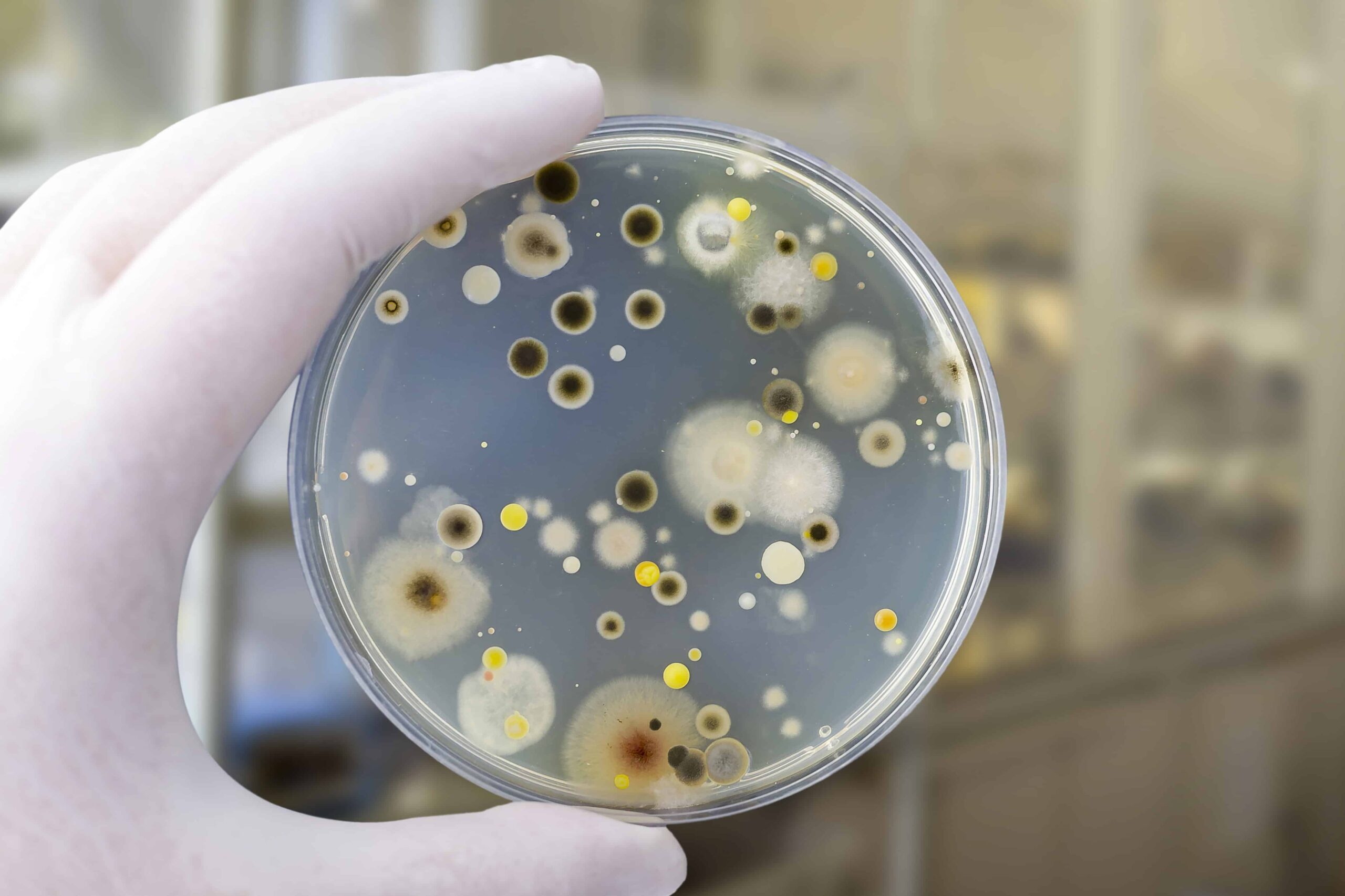When mold is suspected in a home, the first step is to determine the scope of the issue. Mold testing can reveal whether a visual inspection located all growth areas or if hidden mold proliferates elsewhere. Many homeowners wonder what kinds of mold testing options exist. Let’s explore the most common methods used by professionals.
Initial air sampling uses small collection tubes to capture microscopic mold spores circulating in the indoor air. Our technicians perform air tests before and after cleanup to quantify spore levels. The before tests help locate all mold sources so remediation reduces spores below outdoor levels. Airborne spore counts detected by laboratory analysis indicate cleanup success.
Furthermore, surface sampling affixes adhesive tape or swabs onto visible mold patches, surrounding wallboard, and suspected bacteria areas behind furniture. Techs extract samples from ductwork and attics too with a simple peel-and-stick technique. Under microscopes, labs identify surface molds down to the genus and species level which informs appropriate disinfection approaches.
Additionally, infrared cameras scan entire structures for thermal inconsistencies suggestive of hidden fungal growth in inaccessible areas like wall cavities. We scan both interior and exterior surfaces, then probe any anomaly sites revealed in infrared images. Positive probes recover sample specimens for analysis and define scope before potentially-invasive demolition work begins.
We also offer on-site humidity and moisture mapping with professional gauges. Excess moisture accelerates mold, so interior and exterior readings identify sources feeding fungal activity. Dehumidifiers then lower humidity below 60% while permanent solutions alleviate moisture intrusion into wood, paper, and fabric-containing materials preference by mold.
In conclusion, comprehensive mold testing yields definitive data for informed cleanup decisions. Rather than conjecture, positive laboratory identification from air, surface and probe samples prevents overlooked contamination areas. When mold types detected pose health risks, we recommend oversight by certified remediation specialists.

